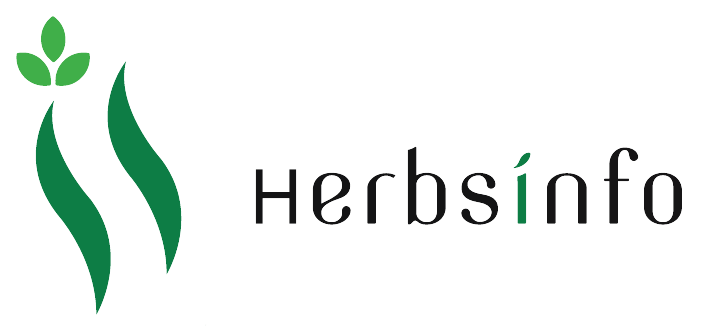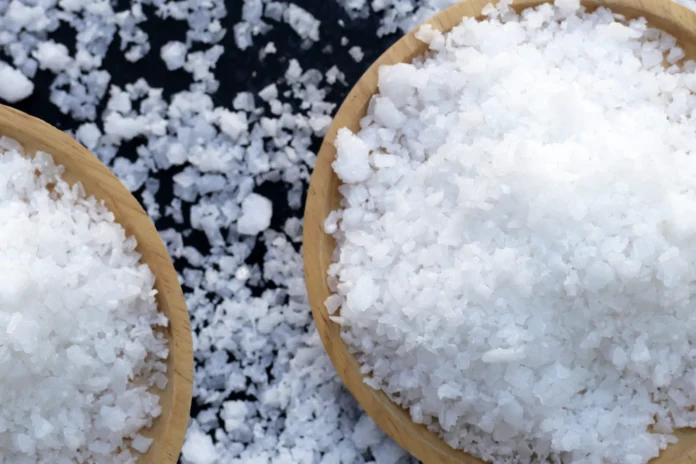INTRODUCTION:
Caustic soda, also known as sodium hydroxide (NaOH), is a highly versatile and strongly alkaline chemical compound used extensively in various industries. It appears as a white solid or in liquid form and is highly soluble in water, generating heat during dissolution. Due to its strong corrosive properties, it is widely used in manufacturing processes such as soap and detergent production, paper and pulp processing, textile treatment, and water purification. Caustic soda must be handled with great care, as it can cause severe burns upon contact with skin or eyes and can be harmful to the environment if not properly managed.
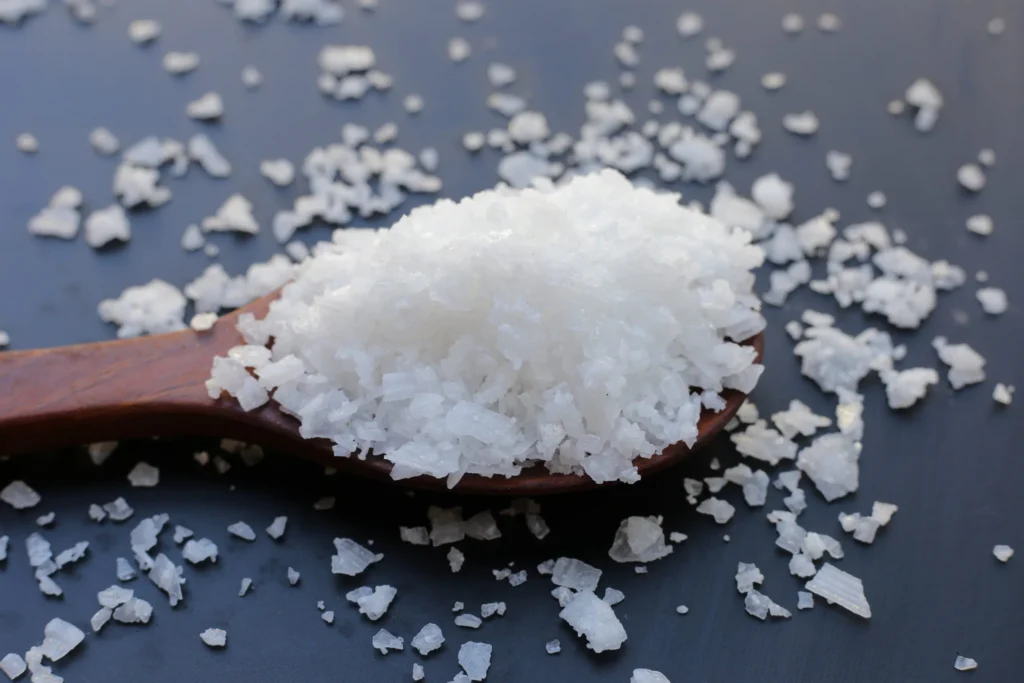
English: Sodium hydroxide/Caustic soda
Chinese: 烧碱
Japanese: 苛性ソーダ
Korean: 가성소다
Hindi: कॉस्टिक सोडा
Bengali: কস্টিক সোডা
Urdu: کاسٹک سوڈا
Thai: โซดาไฟ
Vietnamese: Xút ăn da
Indonesian / Malay: Soda kaustik
Tagalog (Filipino): Kaustik soda
Tamil: காஸ்டிக் சோடா
Telugu: కాస్టిక్ సోడా
Kannada: ಕಾಸ್ಟಿಕ್ ಸೋಡಾ
Sinhala: කෝස්ටික් සෝඩා
BENEFITS:

Soap and Detergent Production
Acts as a saponification agent: reacts with fats and oils to make soaps.
Helps in producing hard and liquid soaps.
Pulp and Paper Industry
Used in the kraft process to break down wood into pulp.
Helps in bleaching and delignification (removal of lignin from wood).
Textile Industry
Used in scouring (cleaning raw cotton), bleaching, and dyeing processes.
Improves fabric strength and texture.
Petroleum Industry
Helps in removing acidic impurities (e.g., sulfur compounds) from petroleum and natural gas.
Used in oil refining.
Drain Cleaner
Powerful drain opener: dissolves grease, hair, and other blockages.
Common in commercial and DIY drain cleaning products.
Surface Cleaner
Used in heavy-duty degreasers and oven cleaners.
Water Treatment
Adjusts pH in water treatment plants.
Precipitates heavy metals and neutralizes acidic wastewater.
2. Effluent Treatment
Helps neutralize acidic waste from industries.
Aids in chemical precipitation of heavy metals.
Laboratory & Research Uses
Used as a strong base in acid-base titrations.
Helps in sample digestion, cleaning lab glassware, and more.
SIDE EFFECTS:

Skin Contact
Severe burns, redness, and irritation
May lead to ulceration, scarring, or chemical burns
Prolonged or repeated contact can cause dermatitis
Eye Contact
Extremely dangerous — can cause:
Severe pain, redness, and tearing
Blurred vision
Permanent eye damage or blindness
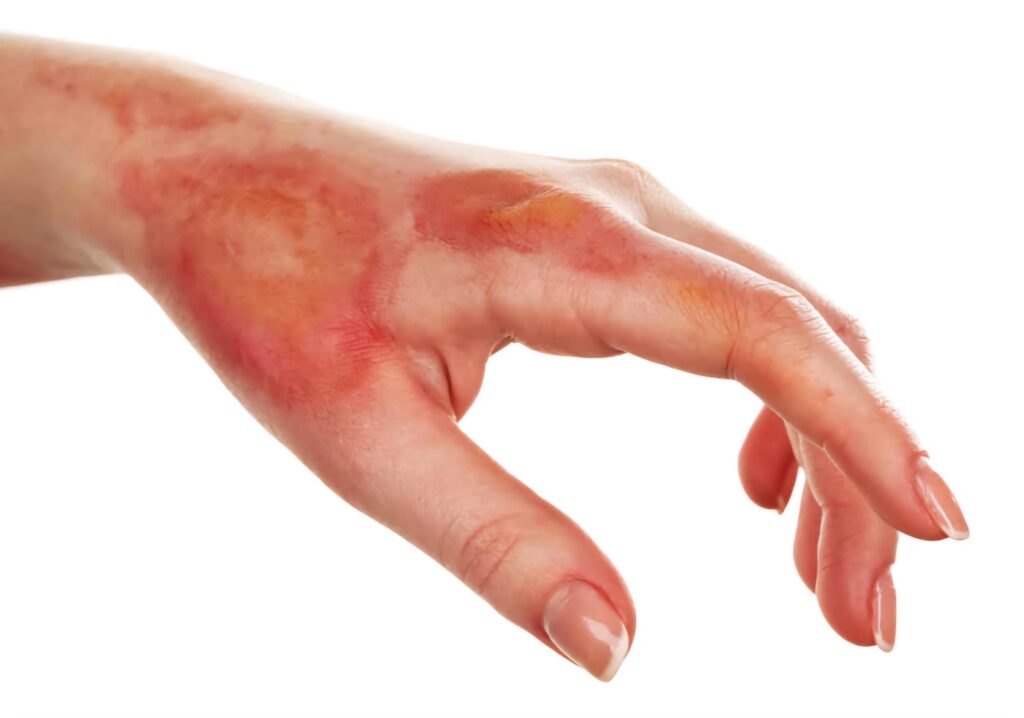
Inhalation
Irritation of nose, throat, and lungs
Coughing, wheezing, and shortness of breath
Prolonged exposure may cause lung damage
Ingestion (Swallowing)
Highly toxic if swallowed
Can cause:
Severe burns to the mouth, throat, esophagus, and stomach
Nausea, vomiting, abdominal pain
Risk of perforation (holes in organs)
Can be fatal
HOW TO USE:
Mixing Instructions
Always add caustic soda to water, never the reverse (to avoid dangerous splashing or explosions).
Use a plastic, glass, or stainless steel container — avoid aluminum.
Steps:
Measure the required amount of water.
Slowly add caustic soda to the water while stirring.
Wait until fully dissolved — the solution will heat up significantly (exothermic reaction).
Let it cool before using.
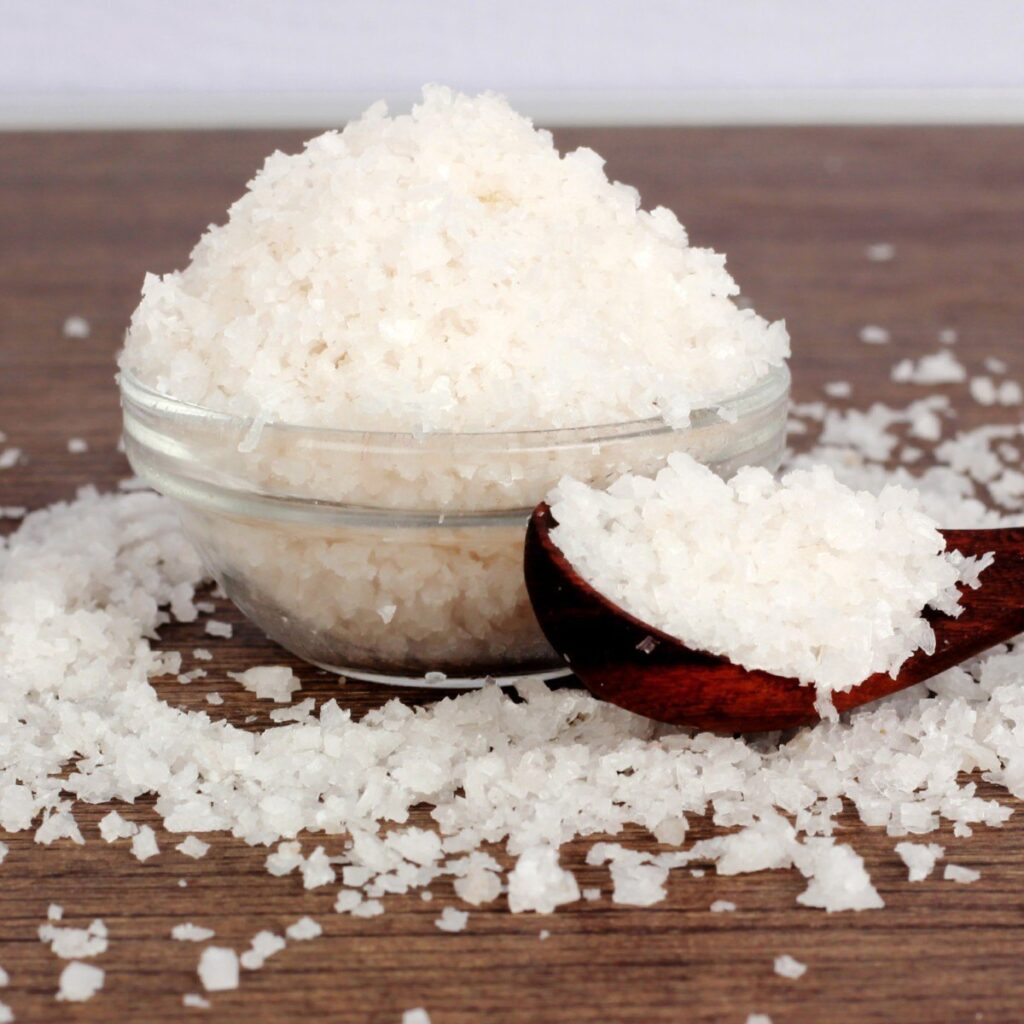
Unclogging Drains
Pour ½ to 1 cup of caustic soda flakes into a bucket with 3–4 liters of cold water.
Stir with a wooden stick until dissolved.
Pour the mixture directly into the clogged drain.
Leave for 15–30 minutes.
Flush with boiling water.
Repeat if necessary — but never mix with other chemical drain cleaners.
Soap Making (Saponification)
Wear full safety gear.
Mix caustic soda with water (Lye Solution) as per your recipe.
Slowly add the lye solution to melted oils while blending.
Stir until it reaches “trace” (pudding-like texture).
Pour into molds and allow to cure.
For accurate results, always follow a trusted soap-making recipe with proper weight measurements.
Industrial Cleaning (Grease Removal)
Use a diluted solution (e.g., 1–5% concentration) depending on the surface and dirt level.
Apply with a mop or sprayer.
Allow time to break down grease.
Rinse thoroughly with clean water.
PRECAUTIONS:
Wear Protection
Gloves
Goggles
Long sleeves
Mix Carefully
Add caustic soda to water, not the other way.
Don’t Touch
Never touch with bare hands.
Don’t breathe in dust or fumes.
Keep Away
Store safely.
No Mixing
Don’t mix with acids or bleach.
In Case of Accident
Skin/Eyes: Rinse with lots of water.
Swallowed/Breathed in: Get medical help fast.

